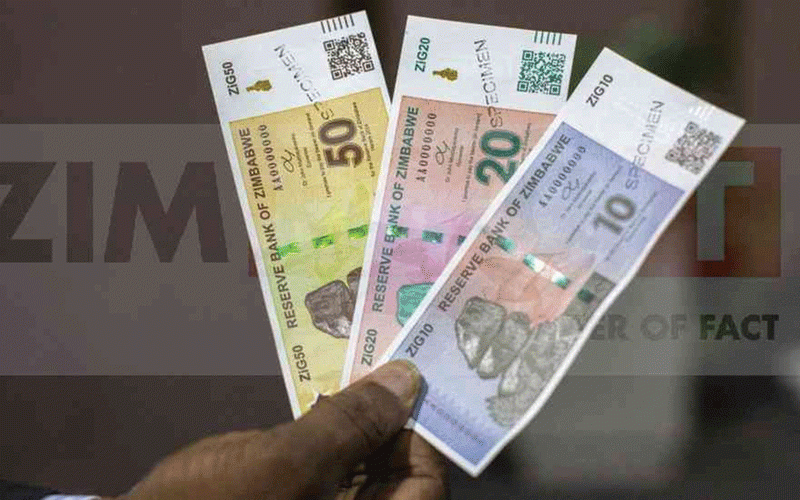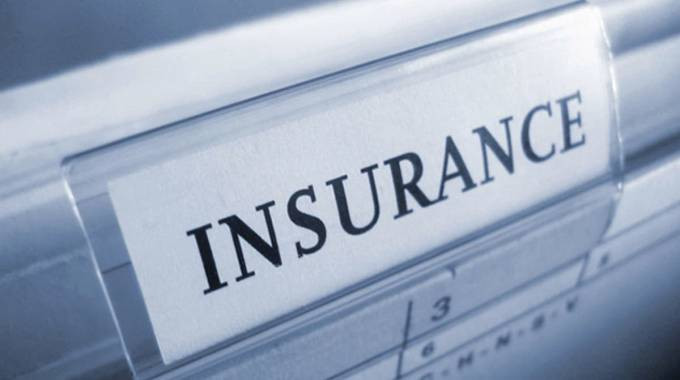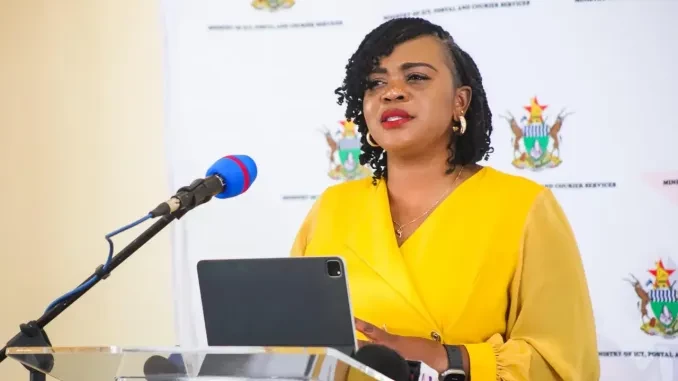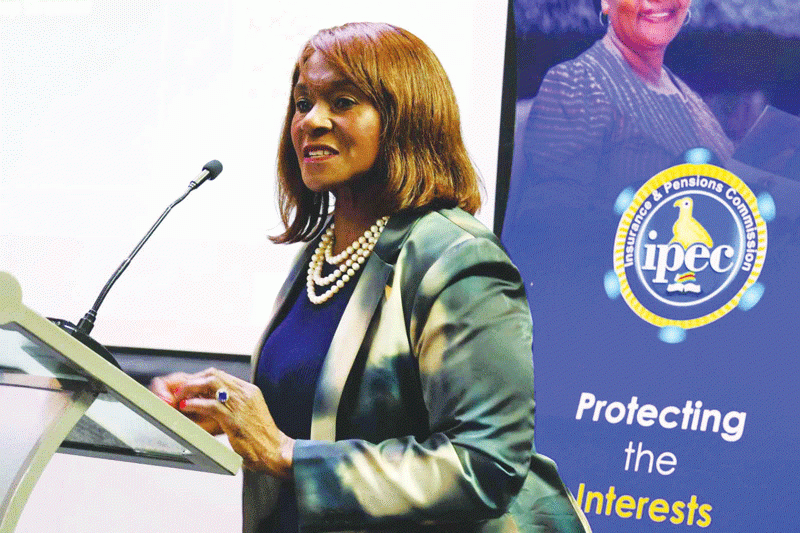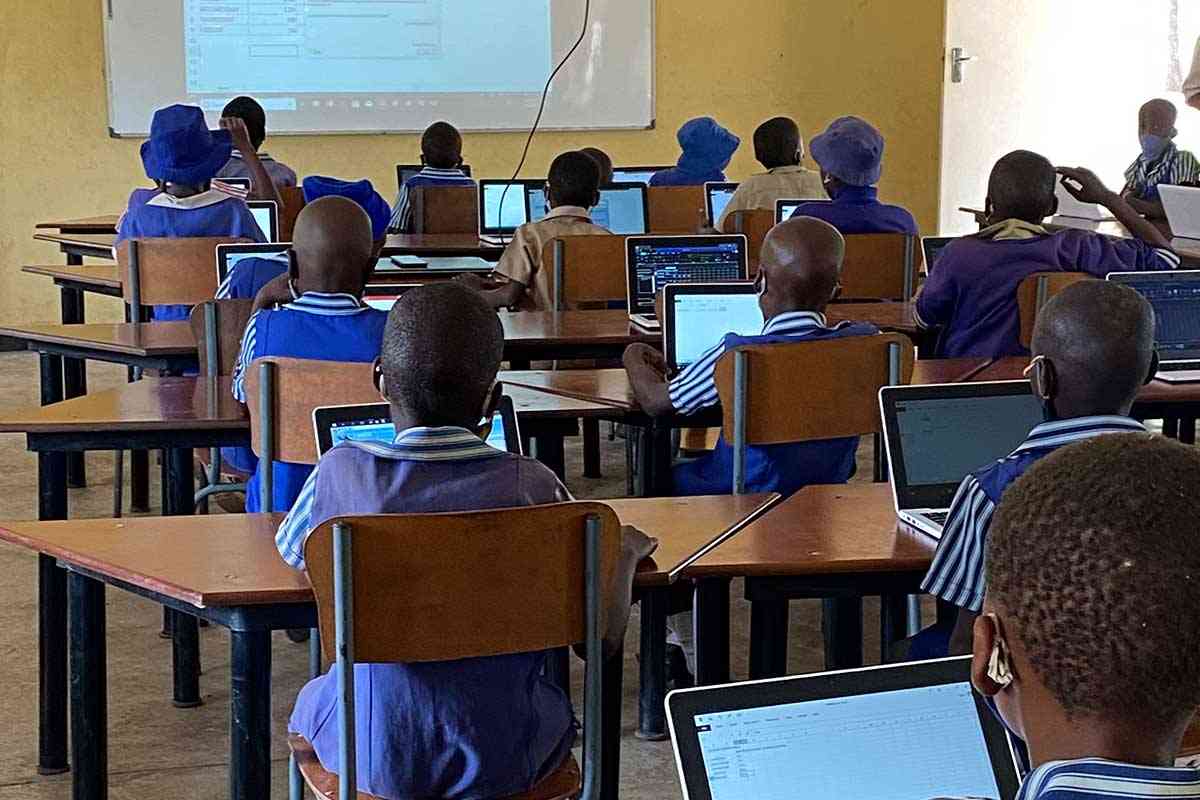
THIS week, the writer intends to discuss the subject of school fees inflation within Zimbabwe. However, after searching for relevant data on the matter, only a limited amount of information was available.
It could be that the data is present but unfortunately, it is not as widely-promoted as it would have been in other countries. Therefore, due to the lack of easily accessible data, the writer will use South African metrics to describe the School fees inflation.
This article discusses the public funding of primary and secondary schools, causes of school fees inflation, and various measures to limit.
Since some key characteristics of South Africa’s school fees inflation are similar to Zimbabwe, lessons are abundant for Zimbabwe to put into consideration.
School fees inflation is always a relevant economic issue because; it affects students, their parents or guardians, the ultimate educational attainments of the country, and economic growth.
More interestingly, school fees are a typical component of the consumer basket, which economists use to calculate a country's inflation rate (Consumer Price Index/ CPI).
Essentially, this means that when the price of school fees rapidly increases, a country’s overall inflation (CPI) also goes up.
On the other hand, if school fees inflation is lower than overall CPI figures for a given period that would mean it is effectively dragging CPI inflation downwards.
- Mavhunga puts DeMbare into Chibuku quarterfinals
- Bulls to charge into Zimbabwe gold stocks
- Ndiraya concerned as goals dry up
- Letters: How solar power is transforming African farms
Keep Reading
Overall, the diligent management of a country’s inflationary pressures promotes economic conditions which encourage economic growth such as the maintenance of low interest rates within the financial sector.
On the other hand, high inflation typically forces monetary authorities to raise interest rates. The raising of interest rates, generally results in lower appetite for credit within an economy.
This ultimately draws back economic growth, leads to job losses and increases poverty levels.
South Africa’s overview
The South African Constitution places the responsibility on its government to make basic (primary and secondary school) education progressively available and accessible to all.
This is because it defines basic education as a human right, which all citizens are entitled to. Overall, basic education takes up as much as 13,7% of the government’s total annual expenditure. This (13,7%) is the highest expenditure item in the South African government’s annual budget.
More than 95% of South African learners are enrolled in public (government) schools. The country uses differential funding for public schools — a method where it assigns more funds to poorer schools and less to those in affluent areas.
So, poorer schools do not have the requirement for the payment of school fees. On the other hand, schools in affluent geographical areas have the ability to charge school fees in order to supplement the little government funding allocated to them.
They also have the independence to set the level of fees, with no evidence of significant school fees regulation by the government or any other entities.
Government-funded employees (teachers, administrative and support staff) in public schools are allocated their salaries, benefits and allowances, directly from government.
The level at which staff salaries are set is determined through government negotiations with relevant trade unions, each year. Staff funding for schools in poor areas typically covers all staff.
However, for schools in wealthier areas, the government funds some staff positions, whilst leaving the parents and their respective School Governing Bodies (SGBs), to take the responsibility for funding any extra positions (staff), which the government has not catered to.
Apart from funding the school staff at public schools, the government also provides each school with a lump sum budget allocation for non-staff operational costs (electricity, water, books, stationery, etc).
The lump sum budget for non-operational costs is also called a “direct subsidy transfer”. Its value is determined by allocations per each learner at the particular school, in accordance with the calculations of the office of the Minister of Basic Education. Allocations per learner are much higher in poorer schools, than in affluent schools.
The poorest schools are referred to as no-fee schools, since they are prohibited from charging school fees. This prohibition is based on the fact that they get a larger portion of government funding, which is typically adequate to meet their entire running costs.
On the other hand, given that government funding is ultimately inadequate for schools in affluent areas, they are permitted to charge school fees in order to make up for the shortfalls.
Such schools use the school fees to pay for extra teachers (beyond the few that government provides) and other operational costs, which go beyond the government subsidy.
This automatically means that if government funding decreases, school fees will increase. Comprehensive drivers (causes) of school fees increases, including the reduction in government allocations, are discussed more elegantly below.
School fees inflation drivers
If the number of government-assigned staff is not adequate for a particular school, SGBs (the equivalent of school development associations in Zimbabwe) are allowed to hire additional staff.
The additional posts are then funded through school fees. So, if there is a meaningful decrease in the number of government-funded staff, the price of schools fees goes up, as SGBs strive to maintain adequate staffing in their respective schools.
School fees inflation can be expected, if this is the case, and it will fuel the country’s overall inflationary pressures (CPI) upwards.
In South Africa, the number of state-funded teachers, relative to the number of learners, has decreased over the past decade. Between 2012 and 2016, the number of state-employed teachers decreased by 2%, despite an increase of 3,4% in the number of learners.
Essentially, the increasing reliance on SGBs for additional staff, has significantly fuelled school fees inflation (and overall headline/ CPI inflation) in South Africa.
Secondly, increasing school staff wages can be expected to drive up school budgets and inflation. In South Africa, between 2008 and 2019, teacher salaries consistently outpaced CPI inflation, averaging 9,2% over the period.
Teacher labour unions have consistently been able to negotiate above-inflation salary increases.
However, the sobering part is that, in real terms (when factoring in purchasing power parity) teacher salaries in South Africa are similar to those in other middle-income economies.
In essence, South African trade unions are simply negotiating for reasonable outcomes. Nevertheless, the government’s budget for teacher staff is not able to keep up with the wage increases.
This results in a curtailment of government-funded teachers at fee-paying schools. The result is that the price of school fees goes up in such schools, as SGBs are forced to employ more school staff funded from non-governmental resources.
Also, the aging teacher workforce in South African schools is placing upward salary pressures on both the government and SGBs budgets.
Most South African teachers are aged between 45-60 years. Their long years of experience drive their higher remuneration requirements.
A 28-year-old teacher, with their few years of experience, is likely to cost around US$24 000 (R450 000) per year. On the other hand, a 63-year-old teacher, with decades of experience, may cost the employer a huge US$40 000 (R750 000) per year.
If younger (aged 30 and below) teachers were to replace the older ones, it is estimated that the average salary would be reduced by 15%.
Thirdly, the government's subsidy transfer, which is earmarked for non-staff operational expenses, has increased at a slower rate than the particular expenses, which it is meant to cover.
Between 2015 and 2021, non-staff costs have surpassed the subsidy, with only the exception of 2020. Water tariffs, electricity, fuel, books and stationery costs, increased faster than both the subsidy and CPI inflation.
Effectively, this has been placing upward pressures on school fees, since parents have had to pay more in order to make up for the cost differences, in fee-paying schools.
Fourthly, the number of parents who have not been paying school fees, at fee-paying schools, has increased through time. There are two types of school fees non-payment.
The first entails payments which are in arrears, whilst the second relates to non-payment of fees as a result of exemption granted by the government. The law permits parents with insufficient income to apply for an exemption from paying fees.
If the school fees are more than 10% of the income of a student's two parents (combined), then there is automatic exemption from payment.
If less than 10%, their application can be partially exempted on a graded scale. Orphaned leaners are also automatically exempted.
If a school’s spending patterns remain the same while the pool of non-paying parents increases, the remaining fee-paying parents will have to pay more, to make up the difference.
Since South Africa’s unemployment rate has consistently worsened in the past decade, the number of learners, who qualify for exemption from paying school fees, has significantly increased.
The prevalence of arrears has also surged. Economically, 2020 was a particularly challenging year because of the Covid-19 pandemic.
In that year, a respected credit bureau named “TPN”, reported that the percentage of parents, who were up to date with their school fees payments, decreased from 61,5% in January, to only 45,9% by August.
This points to the relationship between the economy and the ability of parents to stay up to date with school fees payments.
Recommendations
This section proposes various recommendations, which can be used in order to tame school fees inflation. Although the article focuses on South Africa, Zimbabwe can adopt some of the recommendations.
Over the decade from 2013-2023, South Africa’s school fees price increases have surpassed CPI inflation by an average of 2,6% per year.
Although primary and secondary school fees constitute only 1,57% of the CPI basket, the rapid increase in fees has made a significant impact on it.
Stabilising school fees inflation is, therefore, essential in order to reduce parents’ expenses and tame CPI inflation.
The setting of school fees in public school is basically a negotiation between parents and the SGB. Proposed school fees are approved if a resolution (which includes the fee amount and the exemption rules) has been adopted by the majority of parents attending an annual general meeting, where the school's budget and proposed fees are presented.
Once approved, the only recourse for parents is to appeal to the government for partial or full exemption. If parents are sufficiently informed of their influence in the fee setting process, they are likely to resist increases, which outstrip CPI inflation and the country's general economic performance.
If the law could allow them to appeal the annual fee escalation (and not only their exemption), based on reasonable facts, that could also reduce fee inflation.
Wage increase agreements with trade unions need to be aligned with the government’s capacity to finance public education.
When wage increases are higher than expected, the government needs to automatically increase its budget, so that fee-paying schools are not constrained by an acute shortage of government-funded teachers.
If this is not possible, then trade unions need to be informed that the government might be forced to hire much less of their union members (teachers). This can help to keep the expectations and demands of trade unions at a lower and realistic level.
A sufficient supply of young, entry-level teachers can help to provide public schools with cheaper labour. It reduces the need for schools to hire or rehire, the more expensive and experienced older teachers.
Teachers’ college and university bursary programmes, which require young graduate teachers to work in public schools, will need to be increased.
A cost index, which contains prominent school expenditure items should be drafted. It will help with tracking price increases in those particular items. The government can then use this index to direct its allocations for the subsidy for operational costs in public schools.
Ultimately, the economy should grow so that the government earns more revenues, in order to adequately sustain public schools. Economic growth will also result in fewer cases of non-payment of fees in fee-paying schools.
- Tutani is a political economy analyst — [email protected].

